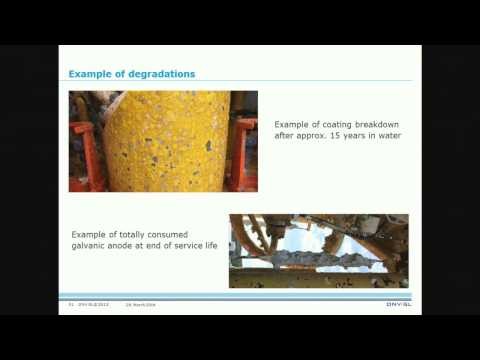Linn Energy LLC Seadrill Ltd Halliburton Company Schlumberger Limited Transocean LTD Is Crude
Post on: 16 Март, 2015 No Comment

Have you ever wondered how billionaires continue to get RICHER, while the rest of the world is struggling?
I study billionaires for a living. To be more specific, I study how these investors generate such huge and consistent profits in the stock markets — year-in and year-out.
CLICK HERE to get your Free E-Book, “The Little Black Book Of Billionaires Secrets”
The market, of course, promptly reacted to Morses latest missive: crude oil prices continued to climb.
Nonetheless, that hasnt stopped similar calls from others pushing their own doom-and-gloom forecasts.
Theres just one problem with all of this bearish analysis. And its a big one…
Oil Prices Have Already Begun to Stabilize
As Ive previously discussed, the nearly 60% plunge in the price of oil resulted in an abnormally oversold market, driven largely by the shorts. And without an actual pronounced decline on the demand side, there is very little likelihood of an oil price Armageddon happening anytime soon.
In fact, the oil picture has already begun to stabilize.
Now, admittedly, absent a major geopolitical crisis, we are not going back to triple-digit oil prices anytime soon.
But the trajectory now clearly indicates a new medium-term floor in the mid $50s in New York and about $60 in London. By the fourth quarter of this year, oil prices will likely trade even higher, somewhere in the $70s.
Fueled by the onslaught of huge reserves in U.S. unconventional (shale and tight) oil, the oil picture is rapidly changing. Scarcity has suddenly been replaced with abundance.
Today, were facing a supply-side squeeze that will continue to influence crude oil prices – especially as the shale revolution goes global.
As for demand, it continues to climb globally – where the actual pricing dynamics take place. Just yesterday, OPEC revised its near-term demand projections higher, while cutting expected production from non-cartel nations. According to the cartel, demand for OPEC oil will average 29.21 million barrels per day (bpd) in 2015, up 430,000 bpd from its previous forecast.
OPEC determines its monthly production quota by estimating worldwide demand, then deducting non-OPEC production, resulting in what is referred to as the call on OPEC.
But as I noted last week. this long time market barometer is undergoing a significant revision, and its not in OPECs favor. Now U.S. production is determining the price. Or as Morse puts it, the call on OPEC has been replaced by the call on shale.

Now, the Paris-based International Energy Agency (IEA) expects global growth in oil demand to accelerate to 1.13 million bpd in 2016 from 910,000 bpd in 2015. Some of this is the simple reaction to lower crude oil prices – people use more oil when it costs less, especially in developing parts of the world where the use of diesel and other oil products is needed to generate essential electricity.
And there is another factor these sky is falling soothsayers fail to recognize. Despite a price decline of nearly 60% (most of that coming in the last quarter of 2014), we still ended up with the highest daily demand figure in history.
What makes this price decline different from all the others is the cause. Despite increasing global demand, the supply available to meet it has been rising even faster. That has put the brakes on the normal spikes in price that would result from any perceived interruption of the oil flow from world events or a rise in demand.
Of course, the ability to accurately estimate the available supply has become the mantra of the profession.
However, two fundamental mistakes are being made in the process…
The Rig Count Falls as the Market Self-Corrects
Both mistakes arise from trying to use traditional yardsticks to a measure a non-traditional market.
First, the talking heads have been incessantly harping on shale and tight oil reserves available for uplift. However, just because reserves are extractable does not mean they will be produced. Because this potential has recently emerged, shale reserves have created an overhang on the market, and the cost-side triggers required to cut production are still unknown.
Nonetheless, the reaction to the oil price decline in the U.S. has been pronounced. The rig count has fallen dramatically to levels not witnessed in over a decade. In addition, operating companies are mothballing more expensive projects and trimming capital expenses.














